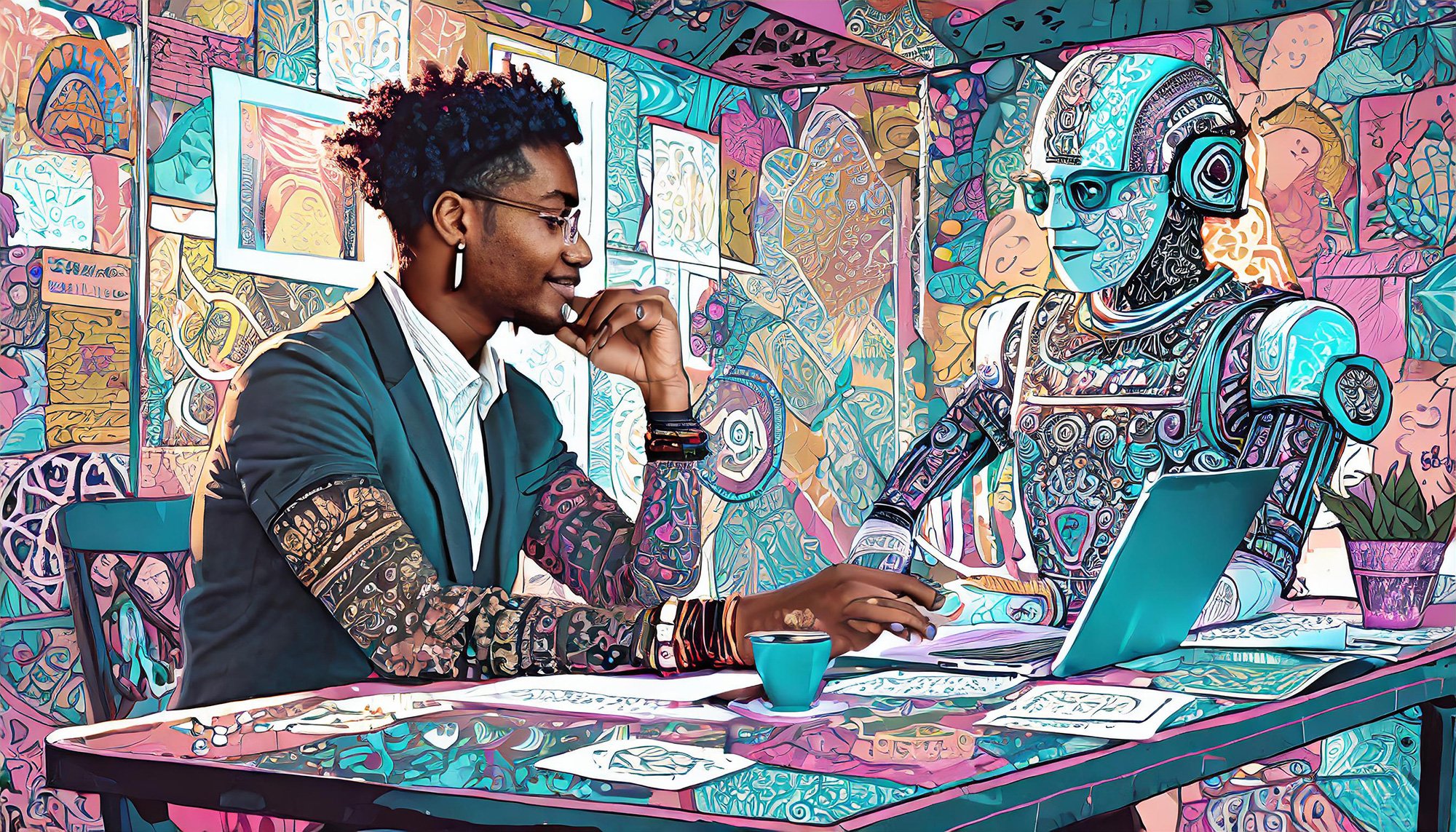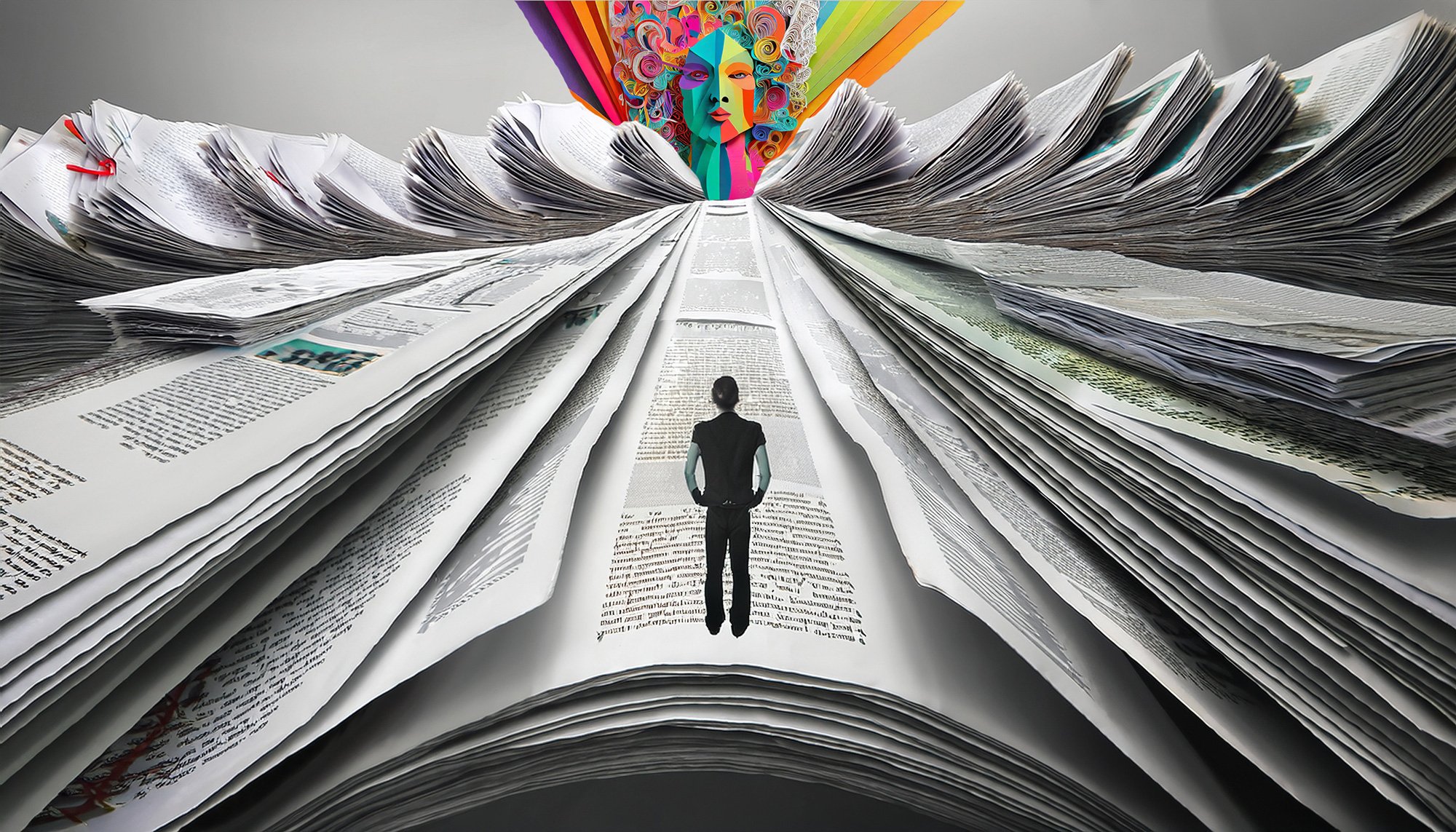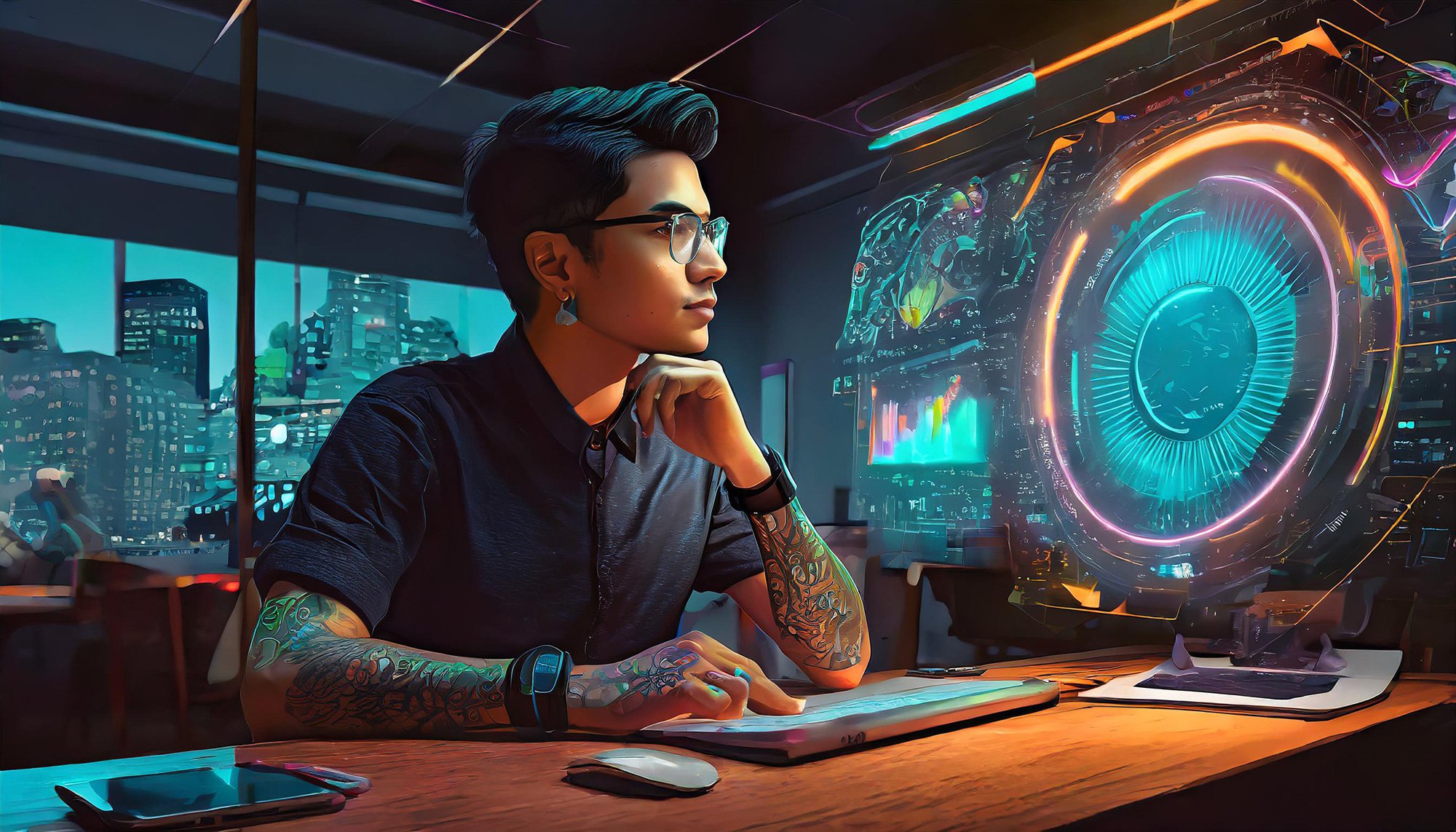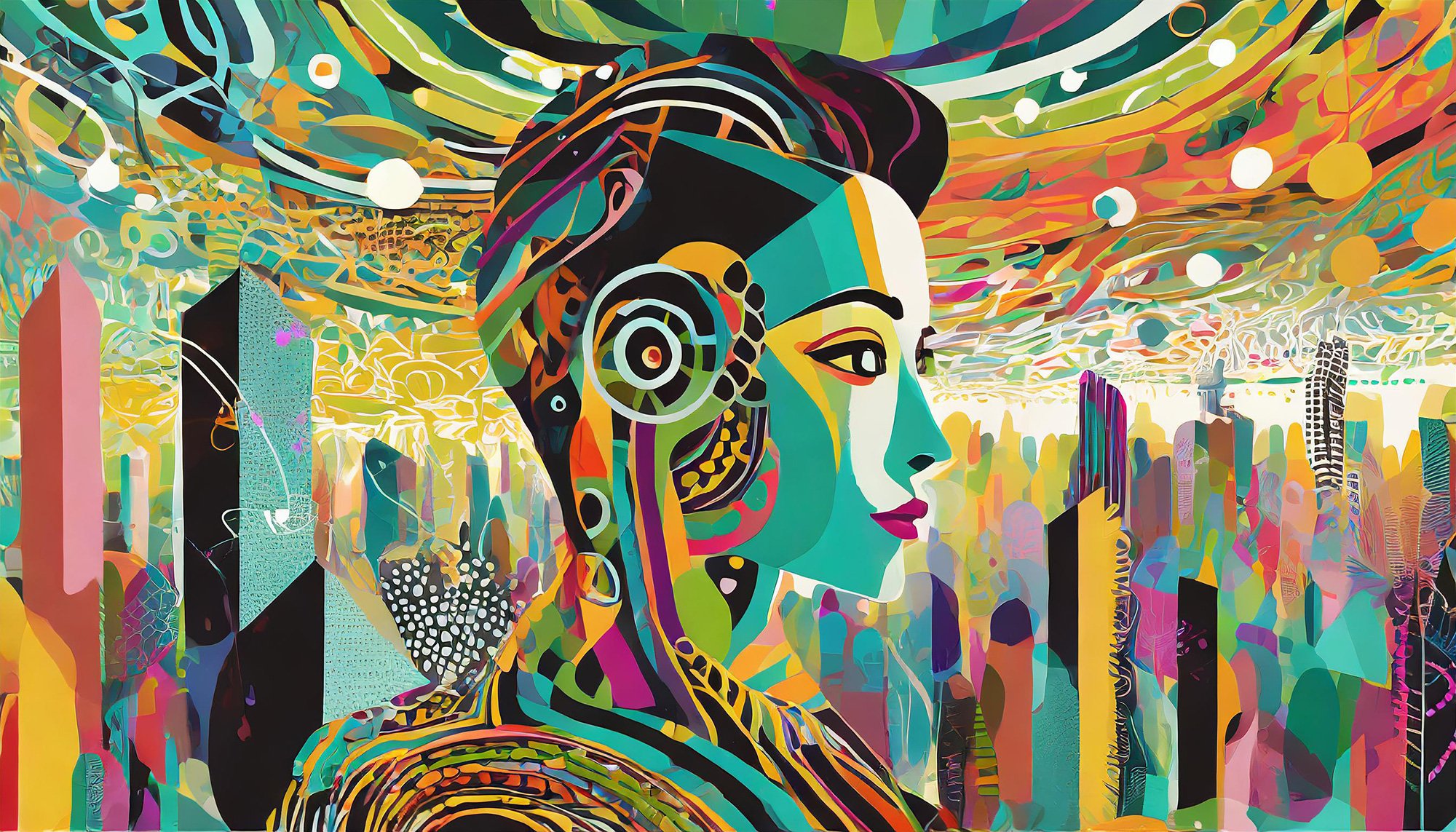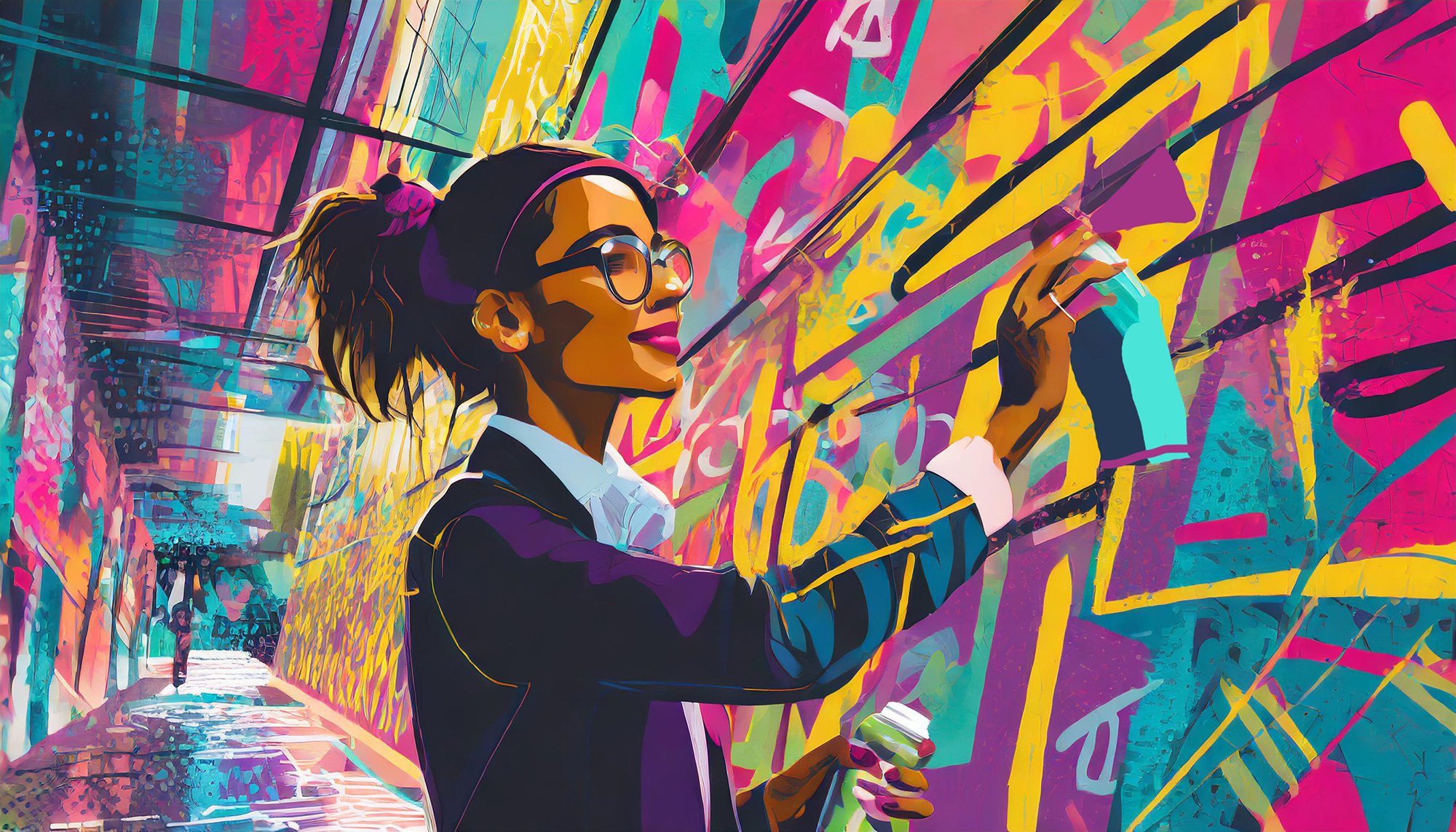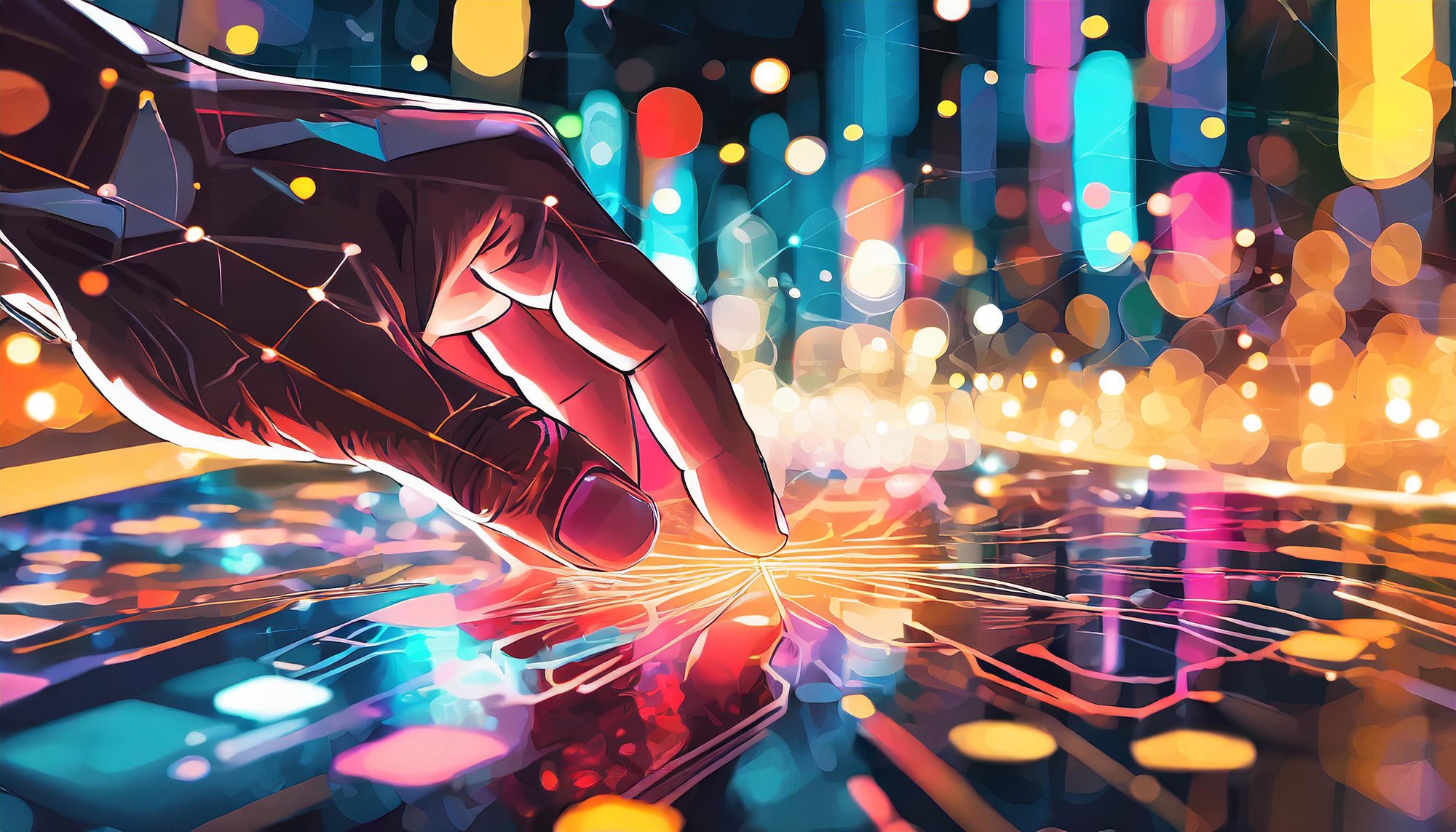Why AI is Your Best Creative Brainstorm Partner - If You Use It Right
Introduction: Creativity in the Age of AI
The creative process has always been deeply human.
It’s about intuition, experience, and the ability to connect seemingly unrelated ideas in new ways.
But what happens when you bring artificial intelligence into the brainstorming room?
AI isn’t here to replace creative minds - it’s here to enhance them.
When used correctly, AI can generate fresh ideas, challenge assumptions, and refine concepts faster and smarter than a human team alone.
The best creatives aren’t using AI as a shortcut; they’re using it as a sparring partner - a tool that provokes better thinking, speeds up iteration, and pushes ideas further.
How AI Enhances the Creative Process
Many businesses and creative professionals hesitate to integrate AI into their workflow. They fear AI-generated content will be generic, uninspired, or robotic. But that only happens when AI is used incorrectly—as a replacement rather than an assistant.
When used strategically, AI doesn’t replace creativity - it amplifies it.
Here’s how:
1. AI Generates Fresh Ideas - Faster Than a Blank Page
The hardest part of creativity? Starting. AI can kickstart the process by providing a foundation to build on rather than staring at a blank page.
AI-Powered Writing Assistants – Tools like ChatGPT, Jasper, and Copy.ai can generate topic ideas, outlines, and even rough drafts, freeing up time for refinement.
Visual Concept Generators – Platforms like Midjourney, DALL·E, and Stable Diffusion can create mood boards, sketches, and design inspiration in minutes.
AI-Powered Music & Sound Tools – AI-assisted platforms like Soundraw or AIVA help composers generate unique soundscapes for creative projects.
Why It Works: AI provides raw material—but human insight curates and elevates it.
2. AI Challenges Your Assumptions & Strengthens Ideas
Great ideas don’t just come from generating thoughts—they come from challenging them.
AI can act as a critical thinking partner, forcing you to question your ideas, consider alternative perspectives, and fill in strategic gaps.
Debate Mode AI Prompts – Ask AI to challenge your concept from different perspectives:
“What are the biggest flaws in this idea?”
“If I had to argue against this concept, what would I say?”
“Challenge me as if you were a competitor trying to outdo this idea.”
AI as a Reverse Brainstorming Partner – AI can flip the problem on its head:
“How would someone completely fail at this?”
“What are all the worst ways to execute this idea?”
🔹 Why It Works: AI helps identify blind spots before an idea goes live.
3. AI Speeds Up Iteration Without Killing Originality
AI can test variations of creative work, allowing teams to quickly refine ideas without wasting time on dead-end concepts.
Headline & Copywriting Optimization – AI tools like Anyword and Copy.ai can generate multiple versions of headlines, ad copy, and social captions for A/B testing.
Design & Layout Iteration – AI-assisted tools like Adobe Sensei help designers generate variations of layouts, color schemes, and typography.
Content Tweaks for Audience Segments – AI can personalize content variations for different demographics or user preferences.
🔹 Why It Works: AI helps creatives iterate faster while keeping final decisions human-led.
4. AI Helps You Think Beyond Your Own Experience
Human creativity is shaped by personal experience, culture, and biases.
AI, on the other hand, has access to diverse datasets from different industries, historical periods, and global perspectives.
Cross-Industry Ideation – AI can suggest insights from completely different industries to solve creative problems.
“How would a video game company approach this marketing campaign?”
“How would a fashion designer solve this branding challenge?”
Historical & Trend Analysis – AI can compare past creative successes with current trends to forecast emerging opportunities.
🔹 Why It Works: AI provides a broader perspective, but humans filter what’s most relevant.
Where AI Shouldn’t Replace Human Creativity
AI is a powerful creative assistant, but it shouldn’t replace:
❌ Big-Picture Strategy & Concept Development – The most compelling creative ideas come from human intuition and lived experience.
❌ Emotional & Cultural Sensitivity – AI doesn’t understand nuance, humor, or emotional subtext the way humans do.
❌ Final Creative Execution – AI-generated ideas still need human oversight to refine, direct, and make them distinctive.
The Best Use Case: AI should support the process, not dictate it.
Real-World Examples of AI & Human Creativity Working Together
✅ Nike: AI for Trend Forecasting, Humans for Storytelling
Nike uses AI to analyze global fashion trends but keeps creative direction human-led for authentic storytelling.
✅ Spotify: AI for Personalization, Humans for Editorial Playlists
Spotify’s AI curates personalized song recommendations, but human music curators still craft editorial playlists like RapCaviar and Discover Weekly.
✅ Netflix: AI for Data, Humans for Scriptwriting
Netflix uses AI to analyze viewer preferences, but actual scriptwriting and direction remain human-led. (for now)
Final Thoughts: The Future of AI & Creativity
The best creative minds aren’t afraid of AI. They know how to use it.
Key Takeaways:
AI can generate, refine, and challenge ideas—but humans bring strategy, emotion, and originality.
AI helps break creative blocks, speed up iteration, and identify blind spots.
Brands that blend AI efficiency with human-led strategy will create more innovative, impactful work.
Creativity isn’t dying - it’s evolving. And the brands that leverage AI as a thought partner, not a replacement, will be the ones leading the future.
Want to Supercharge Your Brand’s Creativity?
At The ZAM Studio, we help brands integrate AI-driven ideation while keeping human creativity at the core.
Let’s collaborate to create the next big idea—faster, smarter, and with purpose.

